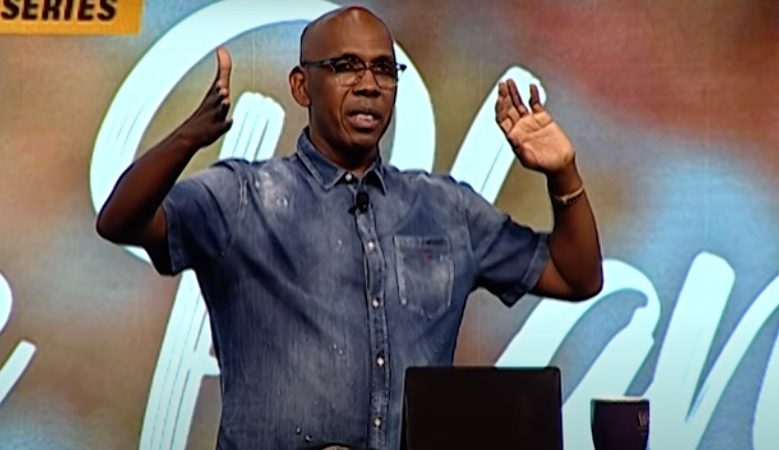The key to success, I believe, is to accept that this transformation will be permanent and make the most of it.
Opinion: Let’s stop pretending that virtual worship isn’t here to stay

As this pandemic transforms faith communities, the national conversation among leaders has been too timid and tactical — focused mostly on the logistics of returning to our brick-and-mortar buildings: How soon can we get bodies back into the pews? How many in the sanctuary at one time? How far apart should worshippers sit? And, most confounding of all, should we require masks?
I believe these are the wrong questions, formulated from an old-world point of view that not only risks the health and safety of our congregants, but also risks diminishing our relevance in both today’s world and tomorrow’s.
I submit that the right questions assume that physical and virtual worship can happily coexist and sound more like this: How do we transition fully and faithfully to virtual worship? How do we reintroduce in-person worship as part of a rich virtual experience once the pandemic is over? Most importantly, what can COVID-19 teach us about bringing people to God no matter where they are or where we are?
RELATED: Four reasons we decided to resume church in person
The fact is, COVID-19 has merely hastened the arrival of a new world of worship that has been coming our way for decades. Recent Barna research predating the pandemic found that 22% of practicing Christians and 52% of practicing Christian millennials reported “worship shifting” — replacing traditional worship with virtual options like streamed sermons and podcasts — at least half the time.
The good news is that COVID-19, for all its trials, not only forces us to reimagine the way we will address the worship preferences of our congregations going forward but gives us room to transform our ideas into action. The key to success, I believe, is to accept that this transformation will be permanent and make the most of it.
I, for one, will not even consider bringing the people we serve back into our buildings until we have a vaccine for COVID-19, however long that takes. We are ready. Nearly a decade ago, the leadership of our congregation, the largest African American church in Tennessee, began to shift from only counting footprints to counting fingerprints, too. We treated gatherings in our sanctuary as the ultimate praise experience, and we put tremendous time and effort into orchestrating them.
But we also viewed the wealth and variety of emerging digital tools as a way to meet the faithful wherever they were. Every time a new social platform — like Instagram or Periscope — emerged, we asked ourselves how we could make it compatible with our Gospel-centered ministry. Then I willingly took the lead in attempting to master the platform and generate excitement about it. I still do, and here’s why: Digital platforms pick up steam because they’re fun!
This strategy has worked for us. Our congregation has grown into the tens of thousands, not only inside our buildings but outside — and, in the latter case, significantly on college and university campuses. Our youth-focused ministries, many of them online, are among our strongest and most popular.
Interestingly, when we have called the young together for in-person prayer, they have come in droves. We have every reason to believe they will do the same once it is safe.
We have every reason to believe our older congregants will also return again in large numbers, hungry and thirsty for the in-person fellowship we have nurtured every day with calls to prayer; bible studies; streaming concerts and sermons; gatherings for people on child-rearing or retirement; and wellness checks for those with mental health challenges — all virtual.
Some of these services are old, some are new since COVID-19. None are temporary. They will not go away once we can gather again. We have chosen to view technology as the friend of a full faith experience. We will continue to take advantage of advancements.
All congregations can do the same — even if, up until the pandemic, they have largely ignored or decried the worship shift. It’s not too late. The tools are becoming less expensive, less clunky and less complicated every day. And the likelihood is high that there are people within every faith community who know how to use them effectively.
All that is required is for us to shift our perspectives about the inevitability of worship-shifting. Virtual worship does not have to close our doors. In fact, it can open them wider.
(Bishop Joseph Warren Walker III is the pastor of Mt. Zion Baptist Church, with three locations in Nashville and worldwide access at mtzionanywhere.org. The views expressed in this commentary do not necessarily reflect those of Religion News Service.)
Read more news at XPian News… https://xpian.news




Comments are Closed